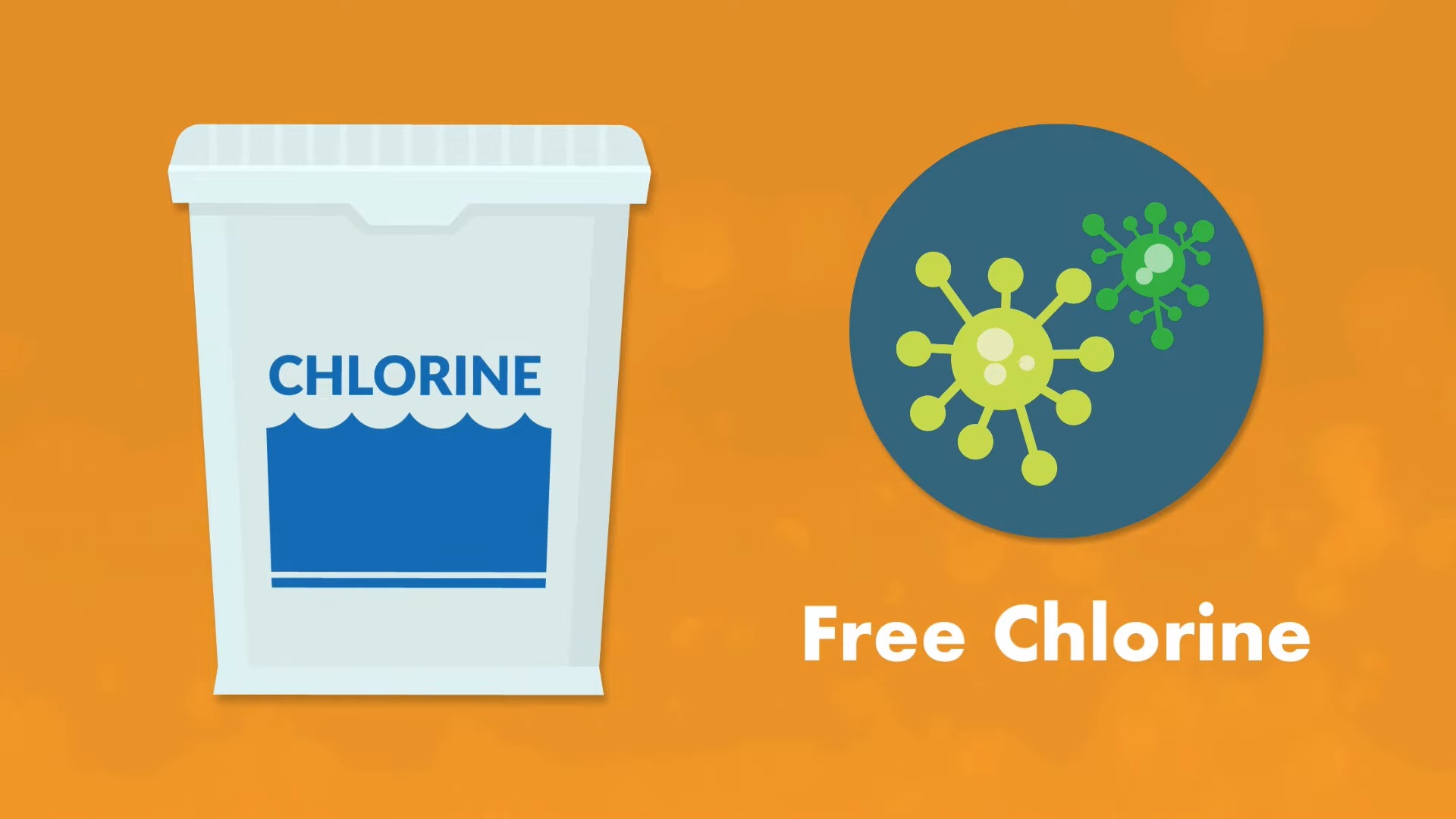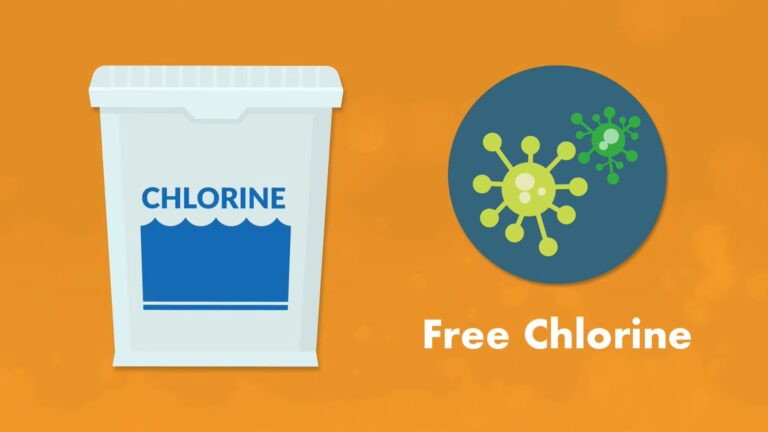The ongoing debate about the environmental impact of e-cigarette use is gaining momentum in our health-conscious society. As vaping becomes increasingly popular, understanding its effects on air quality is critical.
This article delves into the intricacies of e-cigarette emissions, exploring their composition and the consequent impact on air pollution.
The Nature of E-Cigarettes
E-cigarettes are devices designed to deliver nicotine without the combustion of tobacco. They work by heating a liquid solution, typically comprising nicotine, flavorings, and solvents such as propylene glycol and vegetable glycerin, to create an aerosol, often mistakenly referred to as vapor.
This aerosol is what is commonly known as vape smoke. The fundamental difference between e-cigarettes and traditional cigarettes lies in the absence of tobacco combustion.
This key distinction has led many to consider vaping a less harmful alternative to smoking, but it doesn’t necessarily imply that vaping is harmless to air quality.
Understanding the exact nature of what e-cigarettes emit is crucial in evaluating their environmental impact.
Chemical Profile of Vape Smoke

Vape smoke is a complex mixture of chemicals. Unlike traditional cigarette smoke, which is known to contain over 7,000 chemicals, many of which are toxic and carcinogenic, the aerosol from e-cigarettes is composed of fewer chemicals.
The primary components are propylene glycol, vegetable glycerin, nicotine, and various flavoring substances. Each of these ingredients contributes to the overall emission profile of e-cigarettes.
However, it’s the interaction of these chemicals with the air and with each other that raises concerns about air pollution.
For instance, while propylene glycol and vegetable glycerin are generally considered safe for ingestion, their effects when inhaled or released into the environment are not fully understood.
Indoor Air Quality and Vaping
The impact of vaping on indoor air quality is a growing concern. The aerosol produced by e-cigarettes contains fine and ultrafine particles, which are capable of remaining airborne for extended periods.
These particles, along with the volatile organic compounds (VOCs) found in vape smoke, contribute to indoor air pollution. This is particularly concerning in enclosed spaces where air circulation is limited.
The fine particles and VOCs can be inhaled by non-users, potentially leading to health issues. The extent of this impact is still under investigation, but the evidence suggests that vaping does degrade indoor air quality. Click here and learn about vape detectors and how they can be used in indoor spaces.
Vape Smoke Versus Cigarette Smoke

When comparing the environmental impact of vape smoke and cigarette smoke, it’s essential to consider both the nature and the quantity of emissions.
Cigarette smoke is a major contributor to air pollution, releasing a significant amount of particulate matter, carbon monoxide, and a plethora of toxic substances.
Vape smoke, on the other hand, is less dense in terms of particulate matter and contains fewer toxicants. However, this does not necessarily mean it is benign. The aerosols produced by vaping can still contain harmful substances and contribute to indoor air pollution, especially in poorly ventilated spaces.
The Effects of Nicotine and Flavorings
Nicotine, the addictive substance in both e-cigarettes and traditional cigarettes, plays a significant role in the environmental impact of vaping. While nicotine itself is toxic, its environmental effects when released through vape smoke are not fully understood.
The situation is further complicated by the flavoring agents used in e-liquids. These flavorings are made up of a variety of chemicals, and when they are heated and aerosolized, they can undergo chemical transformations.
These transformations can result in the creation of new compounds, some of which might be harmful to both the environment and human health.
Secondary Pollutants and Chemical Reactions
Vape smoke can lead to the formation of secondary pollutants. These pollutants are not directly emitted by vaping but are formed when the primary substances emitted react with other compounds in the atmosphere.
For instance, the reaction of propylene glycol and vegetable glycerin with nitrogen oxides in the air can contribute to the formation of particulate matter and ground-level ozone. These secondary pollutants are a significant concern in terms of air quality and public health.
They highlight the complex ways in which vape smoke interacts with the environment, going beyond the direct emissions from e-cigarettes.
Long-term Environmental Implications

Assessing the long-term environmental impact of vaping requires a holistic view of its lifecycle. This includes not only the emissions from using e-cigarettes but also the production, usage, and disposal of these devices and their components.
E-cigarettes are electronic devices that require batteries, metals, plastics, and other materials for their production. The environmental footprint of manufacturing and disposing of these materials is an important aspect of the overall impact of vaping.
Moreover, the long-term effects of the chemicals released into the air through vaping, both in terms of direct emissions and secondary pollutants, need further study.
Regulatory Perspectives and Public Health
From a regulatory standpoint, understanding and managing the environmental impact of vaping is challenging. Public health agencies and environmental bodies are increasingly focused on the emissions from e-cigarettes.
Developing guidelines and regulations to mitigate their impact on air quality is complex, given the evolving nature of the technology and the variety of products available. The lack of standardization in e-cigarette manufacturing further complicates regulatory efforts.
However, it is clear that addressing the environmental impact of vaping is crucial for public health and air quality management.
Addressing Misconceptions and Future Research
There are widespread misconceptions about the environmental safety of vaping, often stemming from comparisons with traditional cigarettes. While it’s true that e-cigarettes don’t produce the same level of toxic emissions as tobacco combustion, this doesn’t automatically make them environmentally safe.
The relative novelty of vaping means that comprehensive long-term studies on its environmental impact are still lacking.
Future research should focus not only on the immediate emissions from vaping but also on the broader ecological footprint, including the effects of manufacturing, usage, and disposal of vaping products.
Conclusion

In conclusion, vape smoke does contribute to air pollution, presenting unique challenges to environmental health. While it may be less harmful in certain aspects compared to traditional cigarette smoke, its impact, particularly on indoor air quality, is significant.
The emissions from vaping, including the formation of secondary pollutants, highlight the need for continued research and informed regulatory approaches.
Related Posts:
- The Truth About How Much OnlyFans Male Models Are Earning
- What Does Methane Smell Like: Clearing the Air
- How Long Does Chlorine Gas Stay in the Air? - 6…
- When to Activate Air Purifiers in Pet-Friendly Homes…
- WHAT DOES CHLORINE GAS SMELL LIKE? 7 TELLING SIGNS…
- How Long Does Mold Testing Take? Tips for Efficient…













